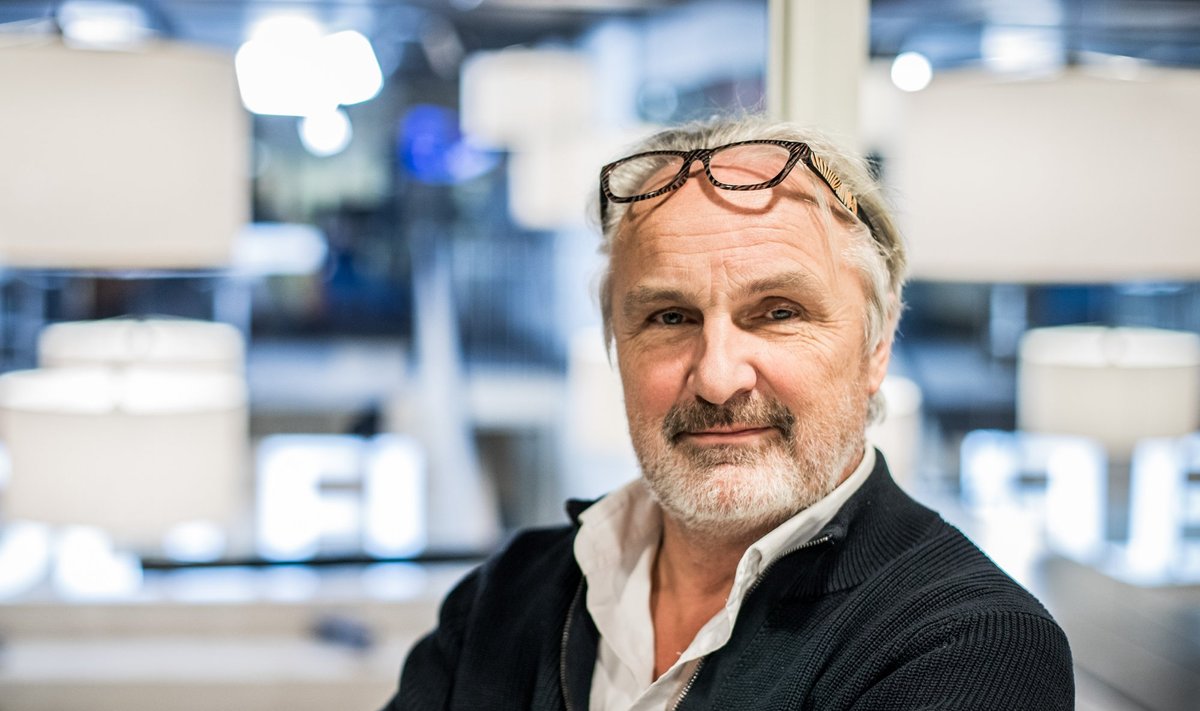Speaking about too extremely lockdown measures is a dangerous venture. One is quickly put in the same category as those who oppose lockdown in principle. One of the extreme examples is the Brazilian President Bolsonaro, who continues to oppose lockdown measures while his country has globally become the second in numbers of those infected and where medical services in cities like Sao Paulo are crying for help became they are overwhelmed by the numbers being brought into IC units. Also the US President Trump belongs to this category, who systematically undermines all efforts to maintain physical distancing, openly supports heavily armed anti-lockdown demonstrators who see the regulations as an infringement on their rights enshrined in the Constitution and who prefers to go golfing on the day when the country is reaching the symbolic benchmark of 100,000 dead.
In spite of this, even when one is in full favor of physical distancing, one would make a gross mistake when an analysis of the price of lockdown would be postponed or averted out of fear for repercussions in public opinion. From the onset of the pandemic it has been clear that societies were unprepared, and even now, after two-and-a-half months, affluent countries like The Netherlands have a chronic deficit of personal protection equipment (PPE). Sixty percent of the nursing homes in The Netherlands still have no PPE, and I have colleagues and friends working mental health care facilities in the country that have no masks and no other PPE than a small bottle of disinfectant, brought from home. How is this possible?
The Netherlands-based institute Gupta Strategists analyzed the consequences of the response to the COVID-19 pandemic in The Netherlands, titled “COPVID goes Cuckoo”. The title refers to the fact that cuckoos lay their legs in nests of other birds, and likewise persons who fell ill with COVID-19 had to be taken care of in beds that otherwise would have been used to take care of patients with other “regular” diseases. The Institute analyzed all figures that are available at this moment and came to sometimes surprising, but often shocking conclusions.
The institute used in its calculations the concept of “healthy life years” (QALY’s, Quality Adjusted Life Years) in order to be able to translate its findings into easily understandable figures. In The Netherlands, the number of intensive care (IC) beds reserved for COVID-19 patients was quickly scaled up and at the height of the pandemic a peak and extra of more than 750 IC beds had been created, a doubling of the previous number, and a total of more than 1,400 beds were used for COVID-19 patients during this period. As a result, 13-21 thousand healthy life years were gained. COVID-19 itself resulted in a total loss of 10-15 thousand healthy life years. However, because regular medical services were scaled down in order to be able to meet the COVID-19 pandemic, the institute calculated that between 100 and 400 thousand healthy life years were lost. This was the result of people who could not be helped medically because of the almost total focus on COVID-19, because people did not get their regular medical checkups e.g. because of cancer, and because people were afraid to see a doctor and rather stay home – and in some cases die.
This issue was also raised by a group of 600 American doctors who wrote an open letter to President Trump in which they pointed at the “exponentially growing negative health consequences” of the COVID-19 lockdowns. They pointed out that the calls to suicide hotlines had increased with 600%, while 150,000 Americans who should have had their regular cancer screenings did not have their medical checkup. They too refereed to the high number of people afraid to seek medical help, including persons with a heart attack who did not call an ambulance out of fear of becoming infected and thus dying at home. At least 40% less severe heart attacks were treated during the COVID-19 pandemic, and one only has to guess the cause of this.
Of course, this letter will support people like President Trump, who believes that with all lockdown measures we are throwing away the baby with the bathing water. He might also be encouraged by the economic figures. The Gupta Institute calculated that the cost of COVID-care for one healthy life year carried between 7 and 23 thousand euro. However, the COVID-19 response also drove up the cost of regular hospital unit costs, and the result the true cost of one COVID-related healthy life year was rather between 100 and 250 thousand euro. The Dutch Ministry of Health always maintain a ceiling of 80 thousand euro per healthy life year gained, which has now been bypassed, resulting according to the Gupta institute into an untenable situation. The institute calls for a pro-active approach, among others by developing a differentiation between hospitals, some of which would be immediately turned into COVID-19 hospitals while others would maintain the regular medical services.
The true figures will only be known in the years to come, but what is clear is that the effects of the COVID-19 pandemic are unprecedented and that a lot of this is the result of our unpreparedness. If the United States had closed its borders one or two weeks earlier, it would have saved between 36 and 54 thousand lives, up to 60% of the lives now lost, with all the financial (and emotional) consequences. Too slow bureaucracies, too much fear of political fallout and too much infighting, combined with a belief in our ability to control everything, has resulted into what to a large extent is a man-made disaster. The best we can do now is to monitor how we try to overcome the disaster and use that knowledge to be prepared for the next pandemic. Because that, virtually agree, is only a matter of time.
